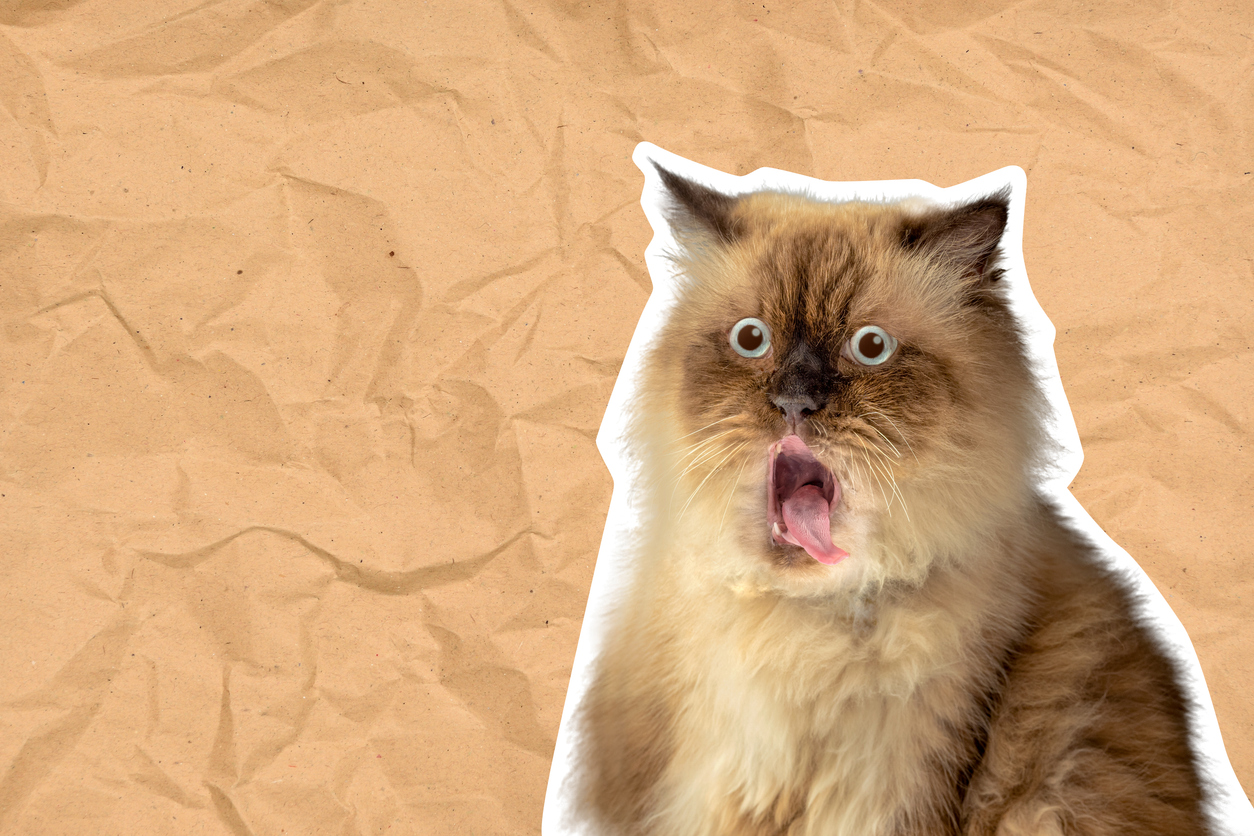
Internet memes have become a dominant form of communication in the digital age, shaping how we express humor, political opinions, and social commentary. What started as simple images with witty captions has evolved into a complex cultural phenomenon that reflects and influences societal trends. In this cultural analysis, we’ll explore the history of internet memes, their role in modern communication, and their impact on culture and society.
1. The Origins of Internet Memes
The term “meme” was coined by evolutionary biologist Richard Dawkins in his 1976 book The Selfish Gene. Dawkins used the word to describe an idea, behavior, or style that spreads from person to person within a culture, much like genes spread biological information. In the context of the internet, memes refer to content—often humorous—shared across platforms and adapted by users, making them a form of participatory media.
The first internet memes were simple and straightforward, usually in the form of text-based jokes or images. Some early examples include:
- Dancing Baby (1996): One of the first viral internet memes, featuring a 3D-rendered baby dancing to a catchy tune.
- LOLcats (2007): Images of cats with grammatically incorrect captions like “I Can Has Cheezburger?” became widely popular and marked the rise of image macros as a meme format.
- Rage Comics (2008): A series of simple, hand-drawn comics that conveyed relatable emotions, with characters like “Forever Alone” and “Trollface.”
Pro tip:
- The term “meme” predates the internet, but its online evolution has given it new meaning and cultural significance, transforming how we share ideas.
2. The Evolution of Meme Formats
Over time, memes evolved from basic image macros to more dynamic formats, incorporating videos, GIFs, and even complex narratives. This evolution reflects the increasing complexity of internet culture and the ability of memes to convey multiple layers of meaning.
Key meme formats:
- Image macros: These feature an image with superimposed text, usually in the Impact font. The classic “Bad Luck Brian” or “Success Kid” memes are examples of this format.
- GIFs: Short, looping videos that capture specific moments, emotions, or reactions. GIFs like The Office’s Jim Halpert’s knowing glance or Parks and Recreation’s Leslie Knope saying “I’m ready” are often used as reaction memes.
- Deep-fried memes: A modern meme format that intentionally distorts images and text with filters, pixelation, and saturation to create a chaotic, surreal effect.
Pro tip:
- Meme formats often evolve to match the platforms they’re shared on. While image macros thrived on sites like Reddit, shorter, video-based memes became popular on platforms like Vine, TikTok, and Instagram.
3. Memes as Social Commentary
While memes are often humorous, they’ve also become a vehicle for social and political commentary. The virality and shareability of memes allow them to quickly disseminate ideas and critiques, making them an important part of online activism and discourse.
Examples of memes as social commentary:
- Pepe the Frog: Originally a harmless cartoon character, Pepe was co-opted by various political groups, particularly during the 2016 U.S. presidential election. It became a symbol for multiple ideologies, demonstrating how a meme’s meaning can shift over time.
- Distracted Boyfriend (2017): This meme features a man turning away from his girlfriend to look at another woman. While initially used for lighthearted humor, it has since been repurposed to comment on consumerism, politics, and social issues.
- Climate change memes: Memes related to environmental issues, such as “This is fine,” where a dog sits calmly in a burning room, are used to highlight the inadequacy of global responses to climate change.
Pro tip:
- The adaptability of memes allows them to evolve from comedic content to serious social commentary, depending on how they’re used and shared.
4. Memes as a Tool for Digital Activism
As memes became an essential part of online communication, they also became a tool for digital activism. Activists use memes to spread awareness, mobilize supporters, and criticize institutions or political leaders. Their shareable nature allows activists to bypass traditional media and reach a broad audience.
How memes are used in activism:
- #MeToo movement: Memes played a role in spreading awareness during the #MeToo movement, with users sharing images and stories that emphasized the pervasiveness of sexual harassment and assault.
- Black Lives Matter: During protests against racial injustice, memes became a crucial form of digital resistance. Simple, powerful images or GIFs were used to convey solidarity and calls to action.
- Occupy Wall Street (2011): Memes like the “We are the 99%” slogan helped to crystallize the messaging of the Occupy movement and make it easily digestible for a global audience.
Pro tip:
- Memes can be a powerful tool for activism because they engage audiences emotionally and visually, making complex issues more accessible.
5. Memes and Viral Trends: The Role of Platforms
Different platforms have played significant roles in shaping how memes evolve and spread. Websites like Reddit, 4chan, and Tumblr were the original breeding grounds for many viral memes, while platforms like TikTok and Twitter have more recently become hubs for meme culture.
Platform influences on meme culture:
- Reddit and 4chan: These forums are known for fostering meme creation and spreading new ideas quickly. Meme-heavy subreddits like r/dankmemes or 4chan’s /b/ board often birth memes that go viral.
- TikTok: As a platform built around short, engaging videos, TikTok has become a hotspot for meme culture, where trends and challenges (like the “Renegade” dance or “buss it” challenge) spread rapidly.
- Instagram and Twitter: These platforms are crucial for meme dissemination, where users remix and repost memes, sometimes adding their own commentary or spin on the original content.
Pro tip:
- Understanding the role of different platforms is key to following the lifecycle of a meme, from its creation to its eventual saturation or decline in popularity.
6. The Cultural Impact of Memes
Memes have transcended their online origins to influence language, fashion, politics, and even marketing strategies. Phrases and imagery from memes often seep into everyday conversation, while brands use memes to connect with younger audiences.
Cultural influences:
- Language: Terms like “lit,” “savage,” or “yeet” have become part of mainstream vernacular thanks to meme culture. These phrases often originate in online communities and gradually gain widespread use.
- Fashion: Meme-inspired clothing lines and merchandise, such as t-shirts featuring “Kermit sipping tea” or “Doge,” are increasingly popular among younger consumers who want to display their connection to internet culture.
- Marketing: Brands use memes to engage with digital-native audiences, creating shareable content that blurs the lines between advertising and entertainment. Fast food chain Wendy’s is well-known for using memes and witty responses in its social media strategy.
Pro tip:
- Memes are no longer just entertainment—they’re a reflection of societal trends, shaping how we communicate and express cultural identity in the digital age.
7. The Future of Memes
As technology advances, so will the world of internet memes. AI-generated memes, interactive experiences, and augmented reality (AR) filters are likely to shape the next generation of meme culture. Moreover, the intersection of meme culture and the metaverse could lead to virtual spaces where memes take on new, immersive forms.
Predictions for the future:
- AI-generated memes: Platforms like “This Meme Does Not Exist” already use AI to generate memes based on user inputs. As AI technology improves, we may see more memes created algorithmically.
- Virtual reality memes: With the rise of VR, users may start interacting with memes in virtual spaces, creating a new form of engagement with digital culture.
- Meme NFTs: Memes are already being sold as Non-Fungible Tokens (NFTs), turning them into digital assets. The “Disaster Girl” meme, for instance, was sold as an NFT for $500,000 in 2021.
Pro tip:
- The evolution of memes is closely tied to technological advances. As digital tools become more sophisticated, memes will likely continue to play a significant role in shaping online culture.
Internet memes have come a long way since their early days as simple, humorous images. Today, they are powerful cultural artifacts that reflect societal trends, influence political discourse, and shape online communities. By understanding the evolution of memes and their role in modern culture, we can appreciate their significance beyond mere entertainment. As memes continue to evolve, they will undoubtedly remain a central part of our digital lives, constantly adapting to new forms of expression and communication.







